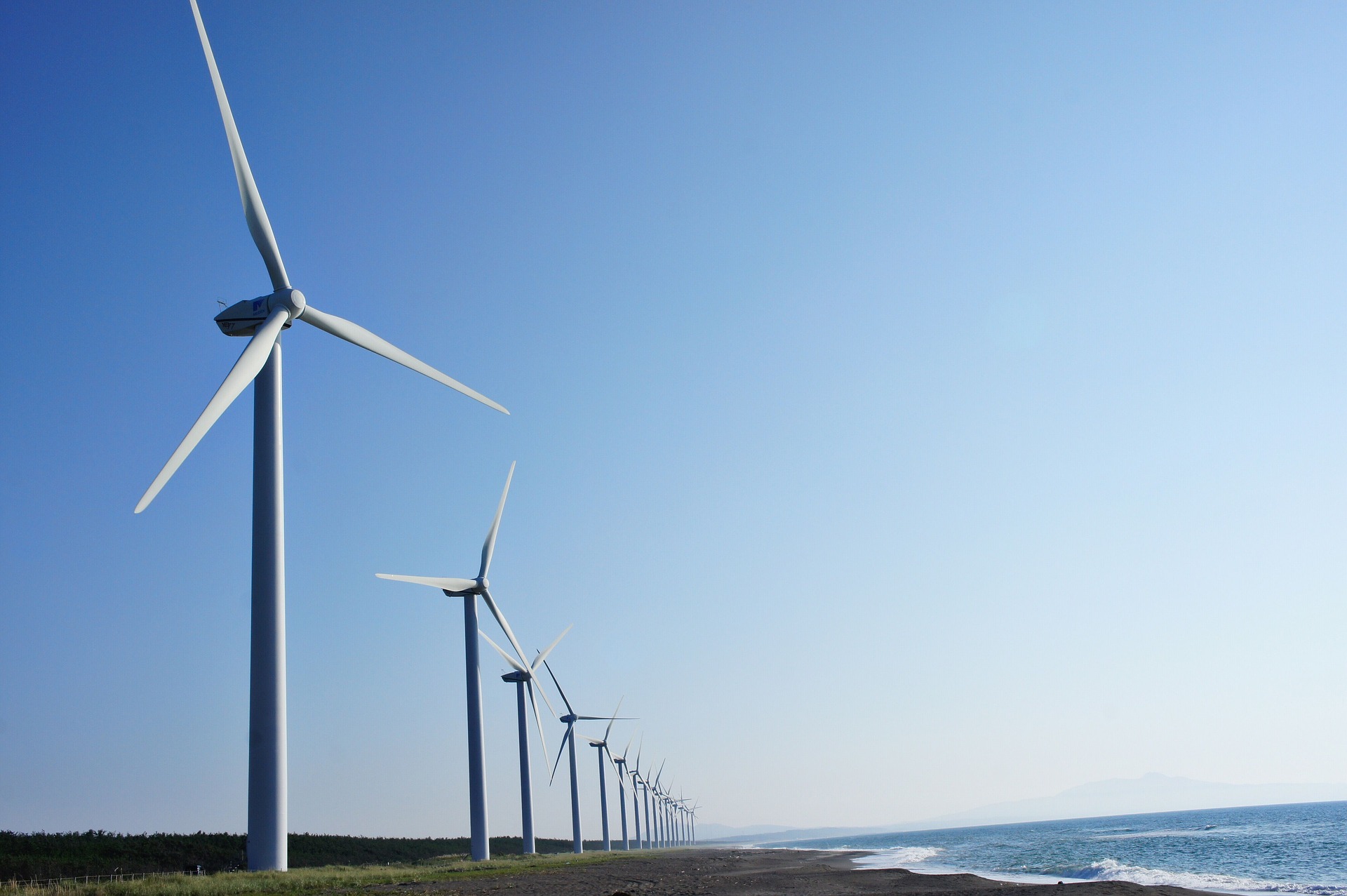“We’re not going to let windmills get built because we’re not going to destroy our country any further than it’s already been destroyed,” Trump said before the June 12 signing ceremony.
“You go and look at these beautiful plains and valleys, and they’re loaded up with this garbage that gets worse and worse looking with time,” the president added.
One of Trump’s first executive actions after taking office for the second time was to issue a memorandum calling for the temporary withdrawal of offshore wind leasing from the entirety of the outer continental shelf and ordering a review of the federal leasing and permitting practices for wind energy schemes.
Under its green energy plans, the state expects to utilize a little more than 3,000 megawatts of in-state wind, 12,000 megawatts of out-of-state wind, and 20,000 to 25,000 megawatts of offshore wind – none of which it has now – to meet its 2045 target of a 100% all-renewables power grid. At that point, the state will need 183,000 megawatts of capacity, an aggregate it won’t be able to reach if it can’t build out proposed offshore wind farms.
Even if the next president resumes permit approvals, 2045’s target is unrealistic because the state will lose four years of development while Trump is in office. And it’s far from certain that California could develop 20,000 to 25,000 MWs of offshore wind power anyway. Offshore wind is a risky bet.
The U.S. Energy Department says there are about 92,000 wind turbines of all types in the U.S., which includes American territories. There are only a few operational offshore wind farms in the country, though, and none in California. What’s more, there are also zero of the class of offshore turbines that California will need – the floating variety – due to its geography.
Because the ocean floor falls so sharply just off the California coast, standard fixed offshore turbines simply aren’t an option – it is prohibitively expensive to anchor them to ocean floor in water deeper than 200 feet. The alternative is to float the platforms, but that method is not just uncommon, it’s almost theoretical. According to Penn State professor Mark Miller, “there’s a few kind of like one-off test turbines that are typically much smaller than what you would do on a fixed platform,” but he doesn’t know “of any existing farm of these anywhere.”
Consequently, “California,” says MIT Technology Review senior editor James Temple, is “pinning a lot of hopes on an industry that scarcely exists today.”
It’s also moving with all haste to saddle nearly 40 million with a future of spiking power bills, because “floating wind power remains hugely expensive,” says Temple. Its levelized cost of “roughly $200 per megawatt-hour” is quite a contrast to that of “standard offshore wind, land-based wind projects, and large-scale solar farms,” which “run around $80, $30 and $35 per megawatt-hour, respectively.”
California’s green-energy plans are starting to resemble the struggling high-speed rail venture – an overly ambitious, ill-advised, obscenely exorbitant proposition that wasn’t given enough thought before it was set loose.
Kerry Jackson is the William Clement Fellow in California Reform at the Pacific Research Institute.

